Drones in Forest Preservation
- September 4, 2024
- 0 comment
Drones in forest preservation are becoming powerful tools in the fight to protect vital ecosystems. These high-tech devices help monitor forest health, track wildlife, and detect illegal activities, all from the sky. With their ability to capture detailed aerial images, drones are revolutionizing how we manage and safeguard our forests. As threats like deforestation and climate change escalate, drones offer an innovative solution, allowing us to respond faster and more effectively to protect these essential natural resources.
Importance of Forest Preservation
Biodiversity
Forests are one of the most diverse ecosystems on the planet. They support a wide range of species, from towering trees like the sequoias and eucalyptus to intricate fungi, and from majestic mammals like jaguars and tigers to microscopic insects. Each layer of the forest, from the forest floor to the canopy, provides unique habitats and ecological niches that sustain different forms of life. For example, the dense canopy of tropical rainforests offers shelter and food for a variety of birds, insects, and mammals, while the forest floor is home to decomposers like fungi and small invertebrates.
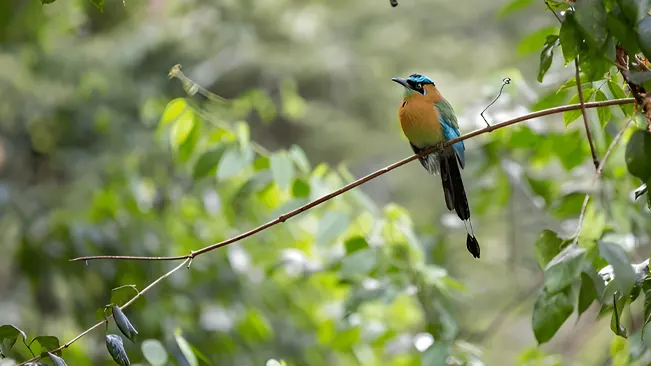
The preservation of forests is crucial for maintaining this incredible biodiversity. Many species are endemic to specific forest regions and cannot survive outside their natural habitat. Deforestation and habitat destruction not only threaten these species with extinction but also disrupt the intricate web of interactions between plants, animals, and microorganisms that support ecosystem functions. Protecting forests ensures that these species continue to thrive and contribute to the overall health and resilience of the ecosystem.
Climate Regulation
Forests are essential players in the global climate system. They act as carbon sinks by absorbing carbon dioxide (CO₂) from the atmosphere during photosynthesis. This process helps to mitigate the effects of climate change by reducing the concentration of greenhouse gases, which are responsible for global warming. Forests store large amounts of carbon in their biomass, including leaves, trunks, and roots. When forests are destroyed or degraded, this stored carbon is released back into the atmosphere, exacerbating climate change.
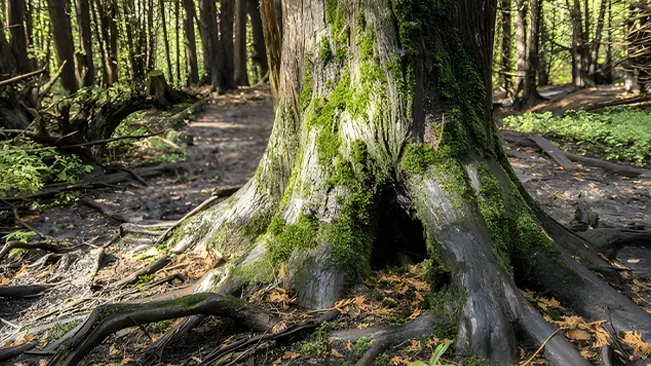
In addition to their role in carbon sequestration, forests influence local and regional climate patterns. They affect temperature and precipitation through processes such as evapotranspiration, where water is transferred from the soil to the atmosphere via plant leaves. This helps to regulate local weather conditions and maintain moisture levels. Forests also contribute to cloud formation and can impact rainfall patterns. Without forests, the balance of these climatic processes would be disrupted, leading to more extreme weather events and altered precipitation patterns, which could have significant impacts on agriculture, water resources, and human communities.
Ecological Balance
Forests play a vital role in maintaining ecological balance and supporting a range of environmental processes. Their root systems are crucial for soil health and stability. The roots of trees and other plants bind the soil together, reducing erosion and preventing landslides. This stabilization is especially important in hilly or mountainous areas, where forest cover helps to prevent soil loss and maintain the integrity of the landscape.
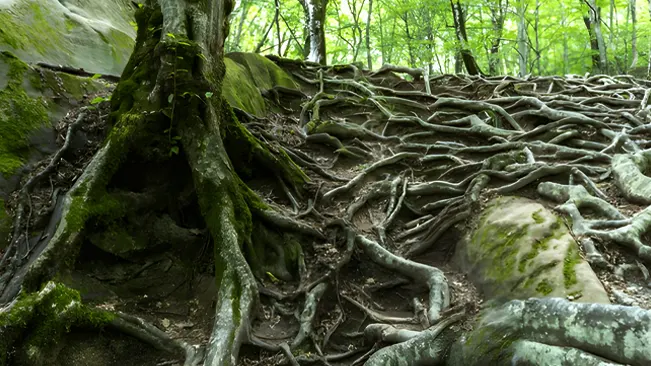
Forests also regulate water cycles by influencing the flow and quality of water in rivers and streams. They act as natural filters, trapping sediments and pollutants from runoff before the water reaches larger bodies of water. This filtering process helps to maintain clean water sources for wildlife and human use. Furthermore, forests contribute to groundwater recharge by allowing rainwater to slowly percolate through the soil, replenishing aquifers.
The Role of Drones in Forest Monitoring
Surveillance and Data Collection
Drones have revolutionized the way we monitor and collect data on forest ecosystems. Equipped with high-resolution cameras, multispectral sensors, and thermal imaging, drones can gather detailed, real-time information about forest health and conditions. They can assess vegetation health by capturing images in different wavelengths, which helps identify stress or disease in plants long before it becomes visible to the naked eye.
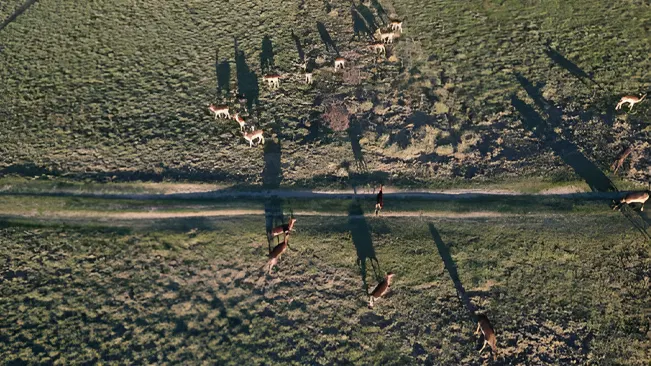
Drones also enable the monitoring of wildlife populations by providing unobtrusive surveillance, allowing researchers to track movements, behaviors, and populations without disturbing the animals. Additionally, drones are instrumental in detecting illegal activities such as poaching and logging by providing a bird’s-eye view that can reveal suspicious activities that might go unnoticed from the ground.
Remote and Inaccessible Areas
One of the most significant advantages of using drones in forest monitoring is their ability to access remote and difficult terrains where traditional methods are challenging or impossible. Drones can easily navigate through dense canopies, steep slopes, and rugged landscapes, capturing valuable data from areas that would otherwise be hard to reach.
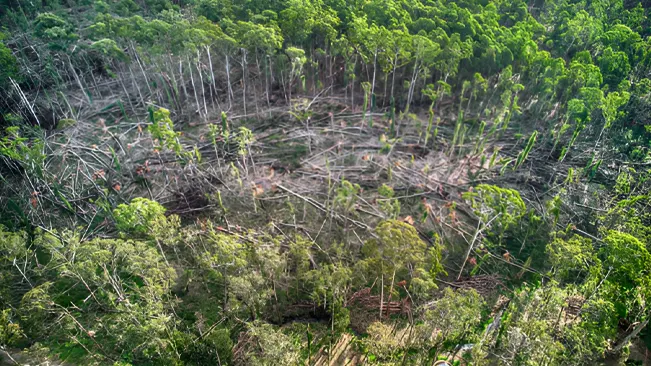
For example, in the Amazon rainforest, drones have been used to monitor deforestation activities and track changes in forest cover across vast and inaccessible areas. Similarly, in mountainous regions like the Himalayas, drones have been employed to survey forest health and map out habitat changes without the need for extensive ground-based efforts. These capabilities make drones an essential tool for comprehensive and effective forest management and conservation.
Innovative Applications of Drones in Forest Preservation
Wildlife Conservation
Drones are proving to be invaluable tools in wildlife conservation, offering innovative solutions for tracking endangered species and monitoring their habitats. By using drones equipped with high-resolution cameras and thermal imaging, conservationists can observe and document wildlife from a safe distance, minimizing human impact on their natural behavior.
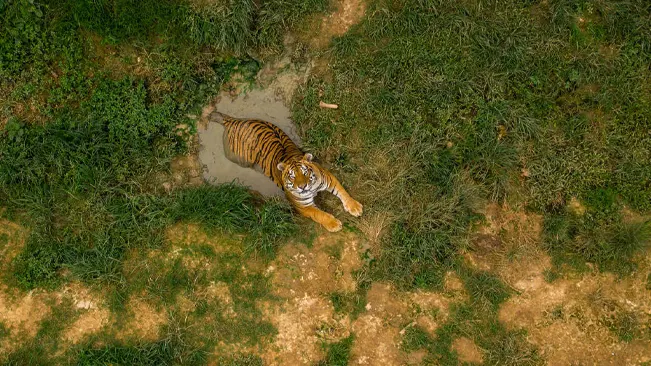
Thermal imaging, in particular, allows for the detection of animals even in dense forest cover or during low-light conditions, such as at night. This technology helps researchers track the movements, behaviors, and populations of endangered species, such as tigers or orangutans, providing critical data for conservation strategies. The ability to gather this information remotely enhances our understanding of these species’ needs and threats, aiding in the development of targeted conservation efforts.
Combatting Illegal Activities
Drones also play a crucial role in combating illegal activities within forest areas, such as logging, poaching, and land encroachment. Equipped with high-definition cameras and real-time transmission capabilities, drones can patrol large areas and capture evidence of illegal activities that might otherwise go unnoticed. For instance, drones can identify and document illegal logging operations by providing aerial footage of deforested areas and machinery in use.
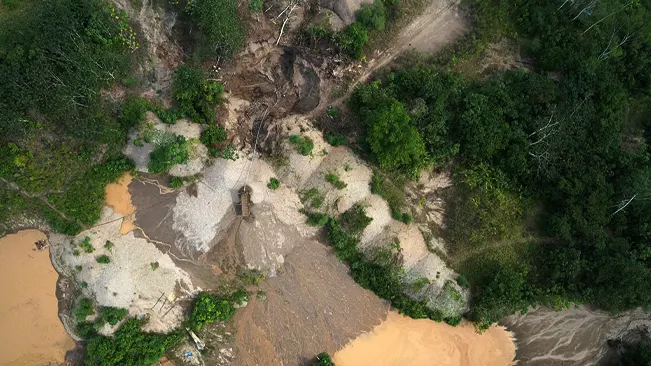
They can also detect poaching activities by monitoring wildlife populations and spotting suspicious movements. This enhanced surveillance capability not only helps in gathering evidence but also assists enforcement agencies in responding more effectively to these threats. By improving monitoring and reporting, drones support stronger enforcement actions and contribute to more effective forest protection efforts.
Challenges and Limitations of Using Drones
Technical Limitations
While drones offer significant advantages for forest monitoring and preservation, they are not without their technical limitations. One major challenge is battery life; most drones have limited flight durations, typically ranging from 20 to 40 minutes per charge, which can restrict their ability to cover large areas or conduct extended monitoring sessions. Additionally, the range of a drone the distance it can travel from its operator can be limited by factors such as signal strength and terrain, potentially affecting its ability to reach remote or challenging locations.
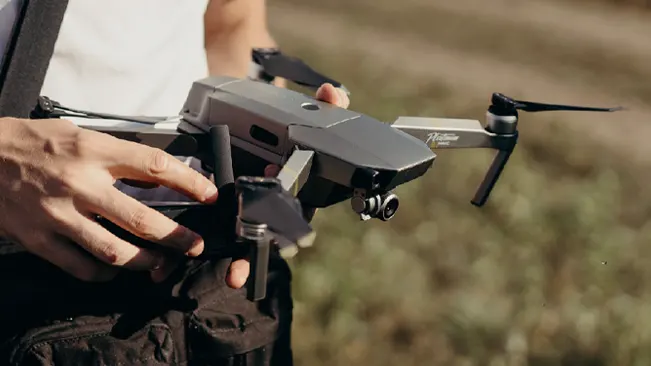
Weather conditions also play a critical role in drone performance. Adverse weather, such as strong winds, heavy rain, or low temperatures, can impact flight stability and sensor functionality, potentially leading to data loss or compromised operational safety. Data accuracy and resolution are other concerns, as the quality of the information collected can be affected by the drone’s camera and sensor capabilities, which might not always meet the high standards required for detailed analysis.
Regulatory and Privacy Concerns
The use of drones for forest monitoring is subject to various regulatory and privacy concerns. Airspace regulations govern where and how drones can be flown, often requiring permits or adherence to specific guidelines to ensure safe and legal operation. In many regions, drone flights are restricted in certain areas to avoid conflicts with manned aircraft or to protect sensitive zones. These regulations can pose challenges for conservationists and researchers who need to operate drones in remote or protected areas.
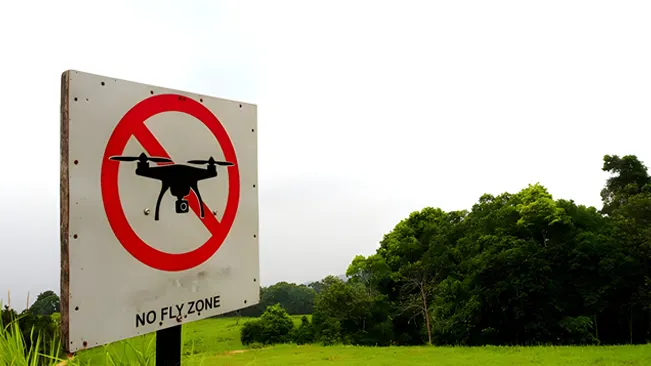
Additionally, privacy concerns arise from the surveillance capabilities of drones. The ability to capture detailed images and video can raise issues related to the privacy of individuals, especially if drones are used near populated areas or for monitoring private lands. Balancing the benefits of drone technology with respect for privacy and legal constraints is crucial for ensuring that drone use in forest preservation is both effective and ethically responsible.
Conclusion
In conclusion, drones are transforming forest preservation efforts by providing unprecedented tools for monitoring and protecting our planet’s vital ecosystems. Their ability to collect real-time data on forest health, track wildlife, and identify illegal activities has enhanced our capacity to address environmental challenges effectively. Drones offer significant advantages in accessing remote and difficult terrains, making them invaluable in areas where traditional methods fall short. However, the technology is not without its challenges, including technical limitations related to battery life and weather conditions, as well as regulatory and privacy concerns that must be navigated.
FAQs
- How do drones help in forest preservation?
Drones assist in forest preservation by providing real-time data and detailed imagery of forest areas. They are used to monitor forest health, track wildlife populations, and detect illegal activities such as logging and poaching. Their ability to capture high-resolution images and use sensors like thermal cameras enhances our understanding and management of forest ecosystems. - What types of data can drones collect in forest monitoring?
Drones can collect a variety of data, including vegetation health through multispectral imaging, wildlife movement and behavior with high-definition and thermal cameras, and evidence of illegal activities like deforestation or poaching. This data helps researchers and conservationists make informed decisions about forest management and protection. - Can drones operate in remote or difficult terrains?
Yes, drones are particularly useful for accessing remote or difficult terrains that are challenging for traditional monitoring methods. They can fly over dense canopies, steep slopes, and rugged landscapes, providing valuable information from areas that might otherwise be hard to reach. - What are the technical limitations of using drones for forest preservation?
Drones face several technical limitations, including limited battery life, which typically restricts flight duration to 20-40 minutes. The range of the drone can be affected by signal strength and terrain. Additionally, weather conditions such as strong winds, rain, or extreme temperatures can impact drone performance and data accuracy. - What are the regulatory concerns associated with using drones for forest monitoring?
Regulatory concerns include adherence to airspace regulations, which may require permits and restrict drone flights in certain areas. Conservationists and researchers must ensure they comply with local laws and guidelines to avoid conflicts with manned aircraft and protect sensitive zones. - How do drones address privacy concerns in forest monitoring?
While drones are designed for environmental monitoring, privacy concerns can arise if drones are used near populated areas or private lands. It is crucial to use drones responsibly, adhering to legal guidelines and respecting privacy to balance effective conservation efforts with ethical considerations. - What advancements are being made in drone technology for forest preservation?
Advancements include improvements in battery life, flight range, and sensor capabilities. Emerging technologies like AI integration and enhanced imaging sensors are enhancing drones’ ability to collect more accurate and detailed data. Ongoing research and development aim to make drones more efficient and versatile for conservation purposes. - Are drones effective in detecting and documenting illegal activities?
Yes, drones are highly effective in detecting and documenting illegal activities such as logging and poaching. Their aerial perspective allows them to cover large areas and capture evidence that might be missed by ground-based patrols. This capability enhances surveillance and supports enforcement actions. - How do drones contribute to wildlife conservation?
Drones contribute to wildlife conservation by providing a non-intrusive way to track endangered species and monitor their habitats. They can capture data on animal movements, behaviors, and population sizes, helping researchers and conservationists develop targeted protection strategies without disturbing wildlife. - What are the future prospects for drones in forest preservation?
The future of drones in forest preservation looks promising, with ongoing advancements in technology expected to enhance their capabilities further. Integration with other technologies, such as satellite imagery and AI, will likely improve data accuracy and analysis, leading to more effective forest management and conservation strategies.

Joel Cunningham
Forestry AuthorI'm Joel Cunningham, an expert in pruning and weed management with over a decade of experience. My skills are rooted in formal training and extensive practice, focusing on advanced pruning techniques and efficient weed control. I'm known for my quality work, precision, and deep understanding of plant health and soil dynamics. My contributions extend to educational initiatives where I share sustainable practices and advice, establishing myself as a reliable and authoritative figure in the gardening community.

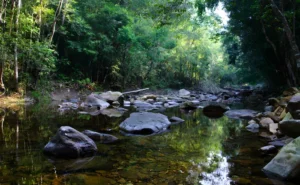



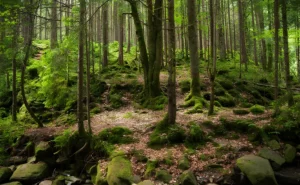
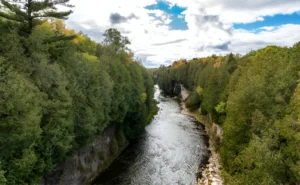
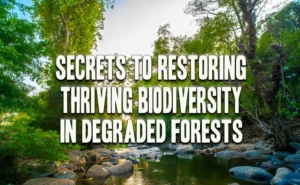
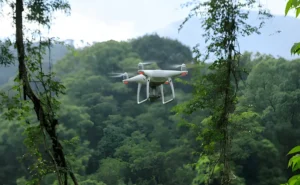
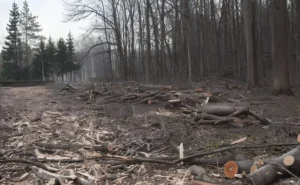


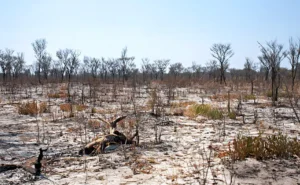
Leave your comment